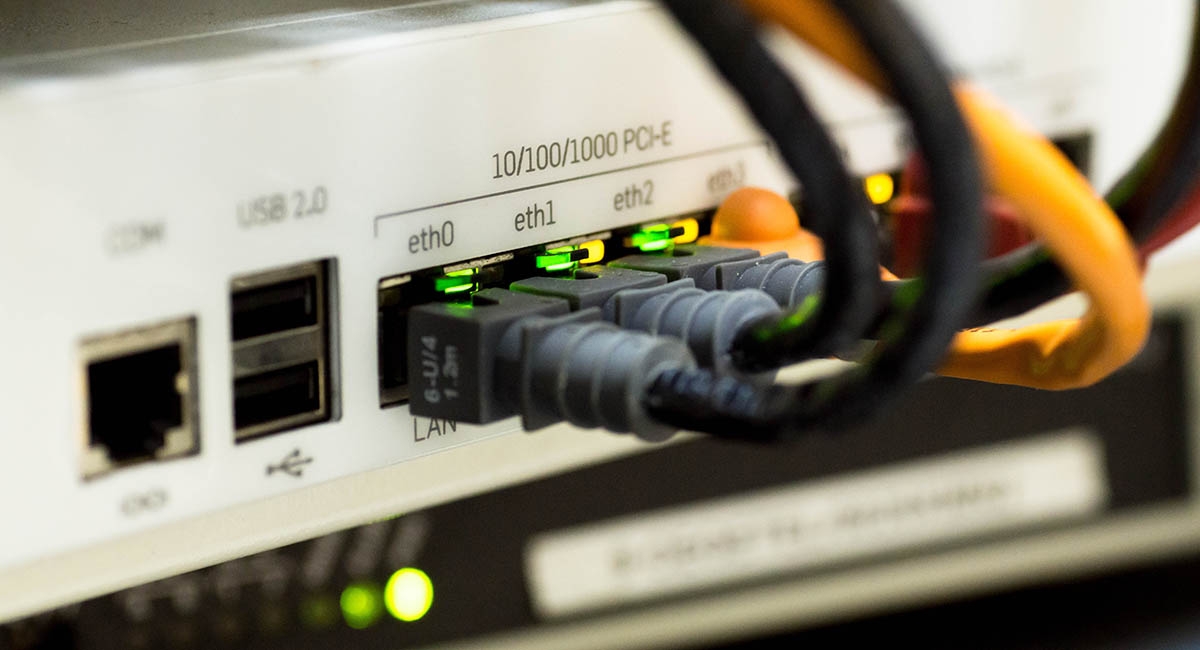
4 Reasons to Delay Purchasing and Utilizing Musk’s Starlink
Elon Musk’s audacious Starlink venture is one of the most talked-about satellite Internet initiatives in the world, despite having a small number of units accessible on the market. Starlink guarantees unrivaled worldwide coverage, lightning-fast speeds, and connections with minimal latency.
It is understandable that many people desire to take part in it given the promises it makes. The possibilities with Starlink’s predicted capabilities are vast, ranging from playing online games to streaming 4K videos and uninterrupted live dealer rounds of Canadian casino no deposit bonuses. But is obtaining Starlink straight immediately a wise idea?
Although Starlink is accessible throughout much of the planet, we think that many people will wait before using it. The four arguments why you might wait to purchase it are listed below. Cost is among them, but it is by no means the only one.
Why Is Everyone Talking About Starlink?
In case you are not up to date on the topic, you might be asking why Starlink is getting so much attention. What is the big thing about this project, other than the fact that it is Elon Musk’s satellite Internet initiative? What are the mechanisms of Starlink and how does it stack up against other satellite Internet providers?
To make the long story short, Elon Musk is attempting to create orbital Internet access on a previously unheard-of worldwide scale. Starlink is built to deliver Internet services globally, including the majority of the world’s remote rural areas. Starlink promises to be there for you—at lightning speed—whether you are in the heart of the Sahara Desert or in the heart of downtown New York. Starlink’s download speed will progressively be increased to as high as 10 Gbps. By today’s standards, that speed is astounding. To make this a reality, Starlink’s operator, SpaceX, aims to deploy around 42,000 satellites into orbit.
However, despite how alluring it may be to subscribe to Starlink, there are certain concerns that you might just want to take into consideration…
4 Reasons Why You Should Not Get Starlink (Yet)
There are many factors and queries to think about before pulling out your bank card and pressing the “Order now” button if you are intrigued by Starlink or have the funds to purchase it. There are many doubts regarding Musk or SpaceX’s ability to deliver on the promises made since that it is a satellite online platform that is still in its early stages.
The Math “Does Not Fit”
Starlink counts around 2,400 satellites in low Orbit as of May 2022. Although that is an amazing amount, it is insufficient for Starlink’s ambitious goals, which call for 42,000 satellites in total. Your reading of the statistics was accurate. The question of whether SpaceX will be capable of launching enough satellites into orbit in time to accommodate the customer base’s rapid expansion persists. How soon can SpaceX deploy this many satellites in order to meet its objectives for global availability? Starlink must get beyond this first obstacle, but there is not any convincing proof that it can do so right now or quickly enough.
If the overall aim of 42,000 satellites is taken into consideration, SpaceX has only succeeded in 5.7% of their objective. Even if we disregard that and instead use Starlink’s early estimate, they would require from 10,000 to 12,000 satellites. This indicates that just roughly 20% of the company’s target volume was really reached.
Regardless of the prediction, Starlink is a long way from having sufficient satellites to service millions of users worldwide. There is one more issue that worries us if SpaceX miraculously breaks the time barrier and launches roughly 12,000 satellites into orbit quickly enough: bandwidth. Starlink advertises a 100 Mbps minimum download speed. The aggregate bandwidth of all of those satellites would likely not be sufficient to handle at least 5 million consumers at 100 Mbps download speed, even if Starlink quickly launches 12,000 satellites into orbit. Given that Starlink is accessible in around 32 countries, a conservative estimate of five million is appropriate.
As a result, it is possible that Starlink’s 100 Mbps minimum speed will not be reached anytime soon. Although, Starlink presently offers rate of up to 191 Mbps in certain parts of the US, as per Speedtest by Ookla. However, certain locations experience substantially slower speeds, and you should anticipate further drops as more people join the network. Starlink could be able to ‘juggle’ with the bandwidth and be near to the speed it offers because not all subscribers will be online at once and will not be downloading at maximum speeds. However, many people could still not be able to access that download speed. We think that most consumers will be content with 30 to 60 Mbps because that is still rather fast. But is it reasonable to spend a few hundred dollars on equipment and $110 per month for Starlink when you can get much faster domestic providers for much less?
The Price of Starlink Is Not Yet Stable
Each Starlink user terminal cost roughly $3,000 to produce when SpaceX first made them available for purchase. The terminal was being offered by the business at that time for $499. As a result, clients purchased Starlink terminals at a significant loss. The business has lowered manufacturing costs to $1,500 per piece by the beginning of 2021. According to CNBC, SpaceX President Gwynne Shotwell declared in April 2021 that the business had been able to further cut costs to $1,300 per unit. She claims that the ultimate objective is to equalize the price of a production unit with the price of selling it by lowering production expenses to only a few hundred dollars a unit.
On the other hand, Elon Musk stated in June 2021, as quoted by Ars Technica, that SpaceX expects to gradually decrease the price of the Starlink station to between $250 and $300, particularly if it would expand to the so-called “rural areas”. They surely meant Africa when they said that because the cost of $599 per unit there is just too exorbitant. The Starlink terminal now costs $599 in the United States, although it can cost up to $688 in some other countries. Additionally, factor in the $100 shipping fee to those nations.
Bad Weather Affects Signal Quality
When it's too hot outside, existing Starlink terminal models turn off. According to SpaceX, Starlink will halt operation when the temperature gets 50 °C (122 °F) and resume when it falls to 40 °C (104 °F). Living in hot climates poses a significant challenge, and this constraint may render Starlink ineffective when temperatures are particularly high.
But the issue goes beyond just the heat. Ice and snow are additional problems for Starlink. The service quality you obtain from your terminal, which should preferably be situated on the roof of your home, can be impacted by snow accumulation. Starlink has snow melting technology, although it is still not ideal (the terminal warms up to melt snow). These weather-related problems still exist with even the most recent Starlink terminal models.
The weather issues seem to be easier to overcome with each subsequent iteration, though. Therefore, prospective purchasers have two options: purchase currently available terminals, which are susceptible to weather issues, or wait a little while for newer models, which are better equipped to handle such issues. The terminal can, of course, be kept in your apartment or house, but it is not the best location.
Starlink Still Has a Lot of Work to Do
Even though the Starlink concept is quite amazing, much more effort is still needed to complete it. Since the product is still being developed, several factors have not been considered. We covered one just now: unfavorable weather circumstances. However, there are numerous more, minor issues that can arise with this service.
In the first five months of 2021, there have been four significant Starlink failures, according to the service outage tracking website Downdetector. Numerous users are currently witnessing full or partial downtime in some US regions. In 2022, things are a little more steady, but they are still not perfect and there are still issues with how the service is run.
Wait a Little Longer…
Despite all of its flaws, Starlink is a daring initiative that has the potential to fundamentally alter the Internet services sector.
Sign up for the service if you are anxious to try this Internet connectivity, you will not regret spending the money on it, and you do not mind the issues we have stated. It might be a safer ‘bet’ to hold off a bit longer if, like so many other users, you desire Starlink for its plethora of written promises. Possibly a few months or a year. We are unsure. But we are confident that Starlink will someday offer a first-rate service.
Photo: Pexels








